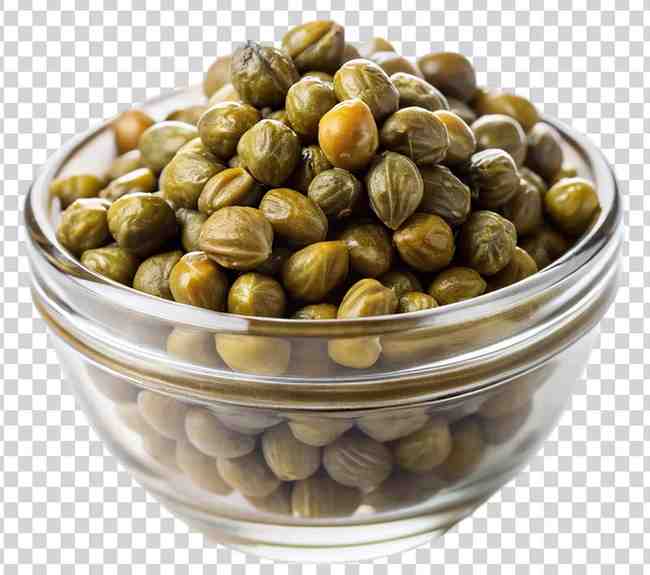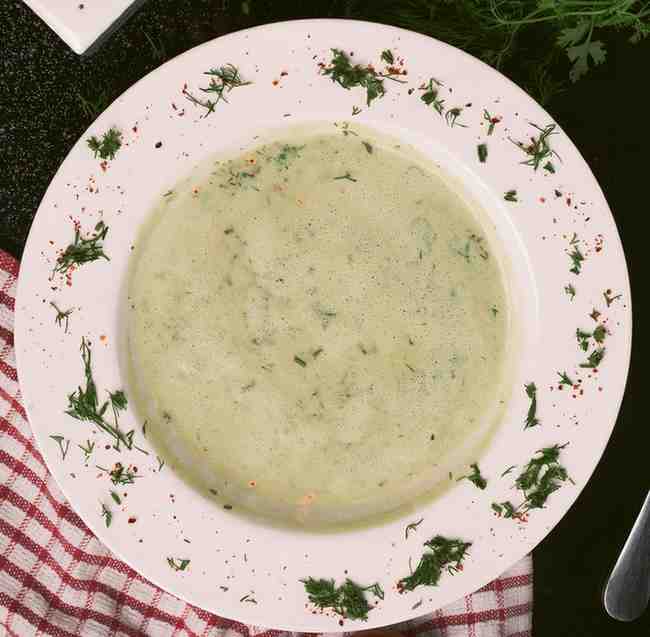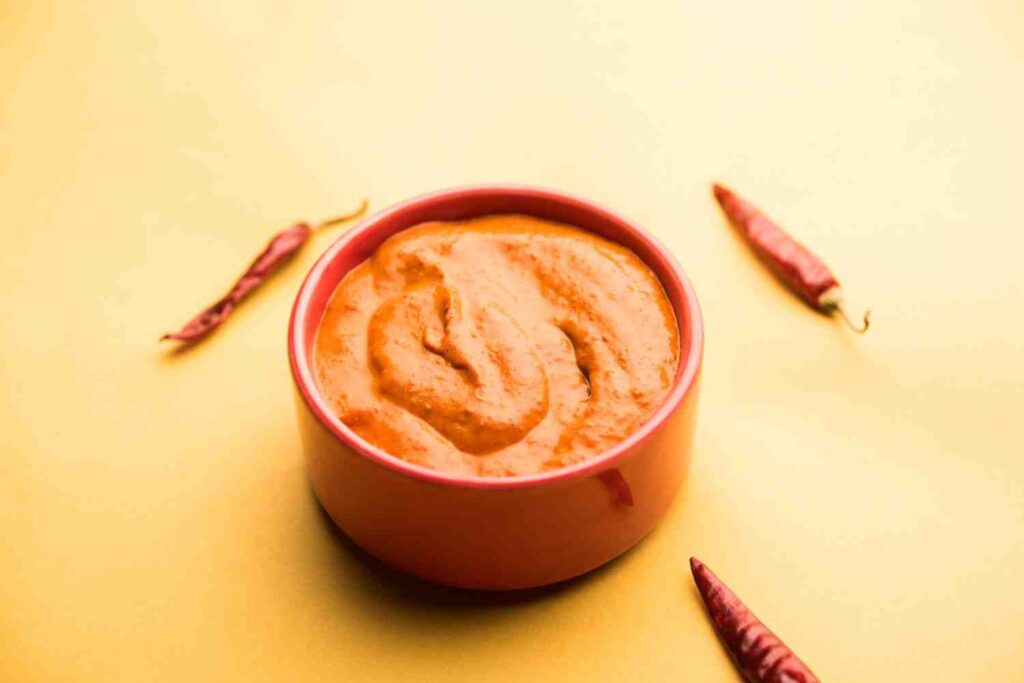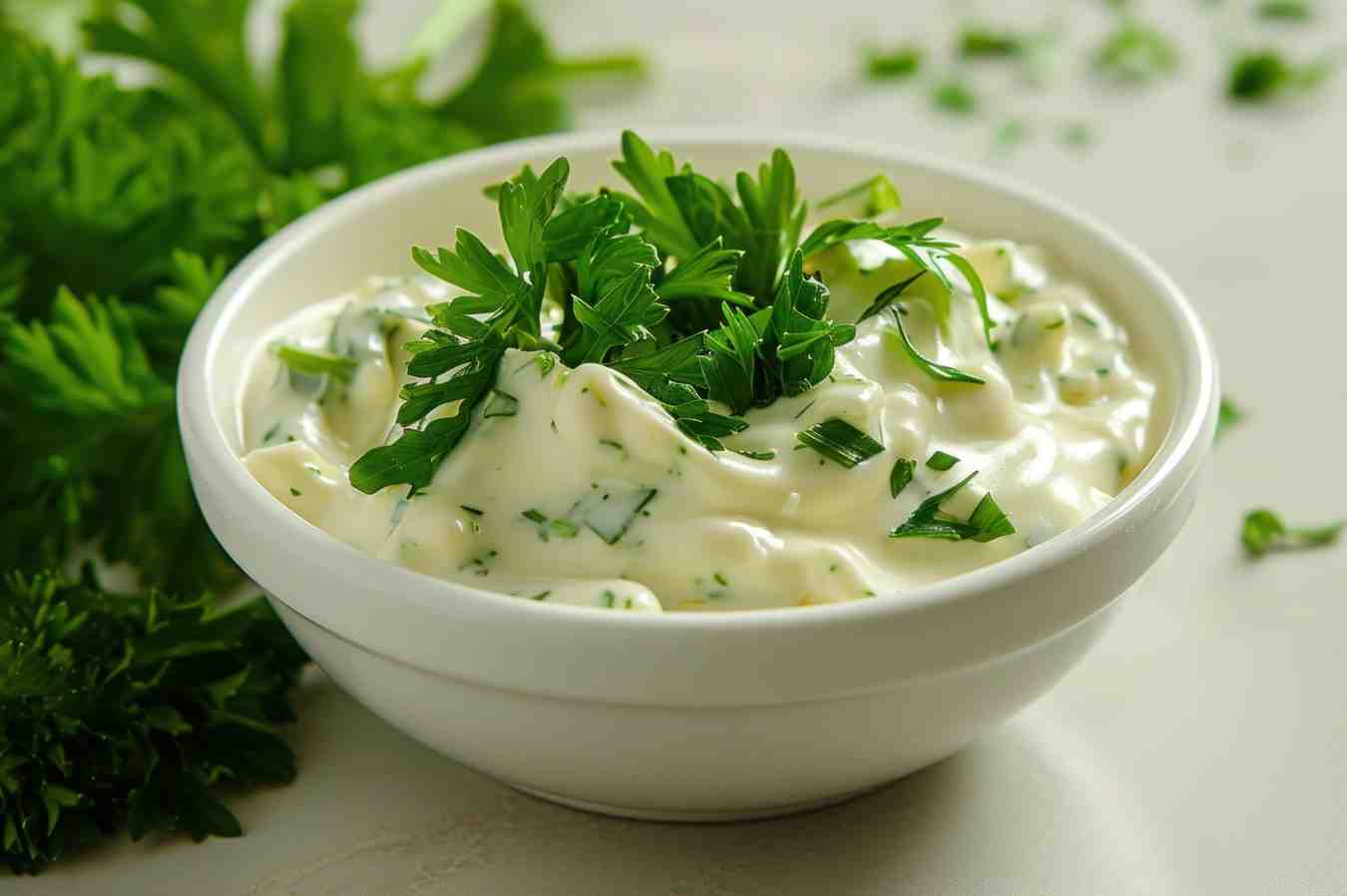Remoulade is a famous sauce that has its roots in France but is now beloved worldwide. Its creamy, tangy flavor and versatility make it a favorite for many dishes, including seafood, meats, and vegetables. While the traditional French version uses mustard as a base, other countries have developed their own variations, often adding ingredients to reflect their local cuisine.
As it spread across the world, chefs experimented with different ingredients, giving birth to spicy, sweet, and herb-forward versions. No matter the recipe, remoulade adds an extra layer of flavor to whatever it accompanies.
What is Remoulade?
Remoulade is a cold sauce with a creamy base made from mayonnaise or mustard. First created in 17th-century France, it was traditionally served with cold meats or seafood. However, it soon became a more versatile sauce, used in a variety of culinary contexts.
Common Ingredients in Remoulade:
- Mayonnaise: A creamy base that provides richness
- Mustard: Dijon or whole grain mustard adds sharpness
- Lemon Juice or Vinegar: Provides tang and acidity
- Herbs: Fresh herbs like parsley, tarragon, and dill enhance flavor
- Pickles or Capers: Add a salty, tangy bite
Depending on the region, you might also find remoulade with extra spices, hot sauce, or sweet pickles.
Types of Remoulade
Remoulade varies significantly across different cultures. Although the French version remains the most well-known, other countries have added their own flavors to the mix, making remoulade a truly global sauce.
French Remoulade
The classic French version of remoulade is sharp and tangy, using mustard as the primary ingredient. It is often served with cold meats, seafood, or as a dip for raw vegetables.
Key Ingredients in French Remoulade:
- Dijon mustard
- Lemon juice
- Chopped capers
- Fresh parsley
- Olive oil (sometimes to thin the sauce)
This version is light, fresh, and adds a tangy punch to any dish.

Louisiana Creole Remoulade
In Louisiana, remoulade has taken on a spicier and bolder form. This version, commonly served with fried shrimp or po’boy sandwiches, features a mayonnaise base combined with hot sauce, paprika, and cayenne pepper for a kick.
Ingredients for Creole Remoulade:
- Mayonnaise base
- Hot sauce or Tabasco
- Paprika and cayenne pepper
- Chopped pickles
- Minced garlic
This Southern favorite pairs perfectly with seafood and adds a fiery twist to traditional dishes.
Danish Remoulade
Danish remoulade offers a sweeter variation. This version is commonly used as a condiment for fried fish or spread on hot dogs, with the addition of sweet pickles and curry powder.
Typical Danish Remoulade Ingredients:
- Mayonnaise or yogurt
- Sweet pickles
- Curry powder
- Lemon juice
- Fresh dill
This version balances tangy and sweet flavors, making it perfect for fried foods and sandwiches.
Common Ingredients in Remoulade
Although the specific ingredients in remoulade vary from recipe to recipe, there are a few elements that are common across most versions. These ingredients provide the creamy, tangy foundation that makes remoulade so versatile.
Base Ingredients:

- Mayonnaise: Provides a rich, creamy texture
- Mustard: Dijon or whole grain adds sharpness
- Acid: Lemon juice or vinegar balances the richness
- Herbs: Parsley, dill, and tarragon are popular choices
Flavor Enhancers:
- Capers or Pickles: These add a salty, briny element that cuts through the richness of the sauce.
- Garlic or Anchovies: These give depth and umami to the sauce.
- Spices: Paprika, cayenne, or horseradish can be used to add heat, especially in Creole remoulade.
Each of these ingredients plays a role in building the complex layers of flavor that make remoulade so enjoyable.
Best Remoulade
Whether you’re making the French version or the Creole variety, there are a few tips to keep in mind for the best results:
Key Tips:
- Use fresh ingredients – Fresh herbs and lemon juice provide brighter, more vibrant flavors.
- Adjust the seasoning – If you prefer a spicier sauce, add more cayenne or hot sauce. If you want something milder, reduce the garlic or omit it entirely.
- Chill before serving – Letting the sauce sit in the fridge allows the flavors to blend and intensify.
By following these tips, you’ll create a remoulade that’s packed with flavor and perfect for any dish.
How to Make Classic Remoulade at Home
Making remoulade at home gives you full control over the flavor, allowing you to adjust the recipe to suit your tastes. Let’s start with the basic recipes for the two most popular versions of remoulade: French and Creole.
French Remoulade Recipe
The French remoulade is mustard-based, tangy, and pairs well with cold meats or seafood.
Ingredients:
- 1/2 cup Dijon mustard
- 1/4 cup mayonnaise
- 2 tablespoons capers (chopped)
- 1 tablespoon lemon juice
- 1 tablespoon parsley (chopped)
- Salt and pepper to taste

Instructions:
- Mix the base ingredients – In a small bowl, combine the Dijon mustard and mayonnaise.
- Add flavor – Stir in the chopped capers, lemon juice, and parsley.
- Season – Add salt and pepper according to your taste.
- Chill – Let the mixture rest in the refrigerator for 30 minutes before serving.
Creole Remoulade Recipe
Creole remoulade from Louisiana is spicier and bolder, featuring hot sauce and paprika to bring out the flavor of seafood or Southern dishes.
Ingredients:
- 1/2 cup mayonnaise
- 1 tablespoon Dijon mustard
- 1 tablespoon hot sauce
- 2 teaspoons paprika
- 1 teaspoon cayenne pepper
- 1 tablespoon horseradish (optional)
- 1/4 cup chopped pickles
- 1 garlic clove (minced)
- Salt and pepper to taste
Instructions:
- Combine the base – Mix the mayonnaise and Dijon mustard in a bowl.
- Add heat – Stir in the hot sauce, paprika, cayenne pepper, and optional horseradish.
- Enhance with flavor – Add the chopped pickles and minced garlic.
- Season and chill – Season with salt and pepper, then refrigerate the mixture for at least 30 minutes.
Modern Variations of Remoulade
As culinary trends evolve, so do sauces like remoulade. Here are some modern remoulade recipes that step outside of tradition and bring fresh flavors to the table.
Herb-Infused Remoulade
This version focuses on the bright, fresh flavors of herbs. It’s a lighter, fragrant variation perfect for pairing with grilled vegetables or fish.
Ingredients:
- 1/2 cup mayonnaise or yogurt
- 1 tablespoon Dijon mustard
- 2 tablespoons fresh basil, finely chopped
- 2 tablespoons fresh cilantro, chopped
- 1 tablespoon lemon juice
- Salt and pepper to taste
Instructions:
- Mix the base ingredients – In a small bowl, combine mayonnaise and mustard.
- Add fresh herbs – Stir in the basil, cilantro, and lemon juice.
- Season – Add salt and pepper to taste, then refrigerate for 30 minutes before serving.
Spicy Sriracha Remoulade
For a bold kick, try adding Sriracha or another hot sauce to your remoulade. This variation works well with fried foods or as a spicy spread for sandwiches.
Ingredients:
- 1/2 cup mayonnaise
- 1 tablespoon Dijon mustard
- 1 tablespoon Sriracha sauce
- 1 tablespoon lime juice
- 1 teaspoon garlic powder
- Salt to taste
Instructions:
- Combine base – Mix mayonnaise and mustard in a bowl.
- Add heat – Stir in Sriracha sauce, lime juice, and garlic powder.
- Season and chill – Season with salt and refrigerate for 30 minutes.
Vegan Cashew-Based Remoulade
For a vegan-friendly version, cashew cream makes a great substitute for mayonnaise, keeping the sauce rich and creamy.
Ingredients:
- 1/2 cup cashew cream (made by soaking cashews in water and blending)
- 1 tablespoon Dijon mustard
- 1 tablespoon lemon juice
- 1 tablespoon capers (chopped)
- 1 garlic clove (minced)
- Salt and pepper to taste
Instructions:
- Prepare the base – Combine cashew cream and mustard in a bowl.
- Add flavor – Stir in the lemon juice, capers, and garlic.
- Season – Adjust salt and pepper to taste, then let the sauce chill before using.

Creative Culinary Uses for Remoulade
Now that you’ve mastered different remoulade recipes, let’s explore how you can use this versatile sauce in unique ways.
Remoulade as a Burger Sauce
Remoulade adds a creamy, tangy twist to your burgers, elevating the flavor beyond the typical ketchup and mustard.
Best burger pairings:
- Grilled beef burgers
- Turkey burgers
- Veggie burgers (especially with herb-infused remoulade)
- Spicy black bean burgers (paired with Sriracha remoulade)
Remoulade as a Sandwich Spread
Replace your usual mayonnaise or mustard with remoulade to add more complexity to your sandwiches.
Great sandwich ideas:
- Roast beef sandwiches
- Grilled chicken paninis
- Fried fish sandwiches (perfect with a classic French remoulade)
- Po’boy sandwiches (traditional Creole remoulade pairs wonderfully)
Remoulade as a Salad Dressing
Transform your remoulade into a delicious salad dressing by thinning it with a bit of water or lemon juice. It works well with hearty salads that need a creamy, tangy dressing.
Best salad pairings:
- Grilled chicken salad
- Cobb salad
- Roasted vegetable salads (especially with vegan remoulade)
- Potato salad
Unique Pairings for Remoulade
Here are some out-of-the-box ideas for using remoulade beyond the usual pairings of seafood or sandwiches.
Roasted Root Vegetables
Remoulade pairs beautifully with roasted vegetables like carrots, sweet potatoes, or parsnips. The tangy creaminess of the sauce complements the sweetness of the vegetables, making it a great side dish or snack.
Fried Green Tomatoes
A Southern classic, fried green tomatoes are typically served with a spicy dipping sauce, and remoulade makes the perfect match. Try using Creole remoulade for added heat and flavor.
Grilled Shrimp Tacos
Take your shrimp tacos to the next level by adding remoulade as the main sauce. It brings richness and tang that balances the smoky, grilled flavor of the shrimp.
Tips for Making Remoulade
| Tip | Description |
|---|---|
| Use Fresh Ingredients | First, always choose fresh herbs and freshly squeezed lemon juice. This ensures you get the best, brightest flavors. |
| Balance the Flavors | Additionally, make sure to balance the tangy, salty, and spicy elements. Taste as you go and adjust seasoning accordingly. |
| Chill Before Serving | Furthermore, let the sauce rest in the fridge for at least 30 minutes. This will help the flavors blend and develop fully. |
| Customize to Taste | Feel free to adjust ingredients like mustard, lemon juice, or hot sauce, depending on your preference. This way, you can create your ideal flavor profile. |
| Experiment with Variations | Moreover, don’t hesitate to experiment with different herbs, spices, or even a hint of sweetness. This will allow you to explore new and unique remoulade flavors. |
| Keep it Simple | In conclusion, keep it simple! Remoulade shines when it uses just a few high-quality ingredients. There’s no need to overcomplicate things. |

